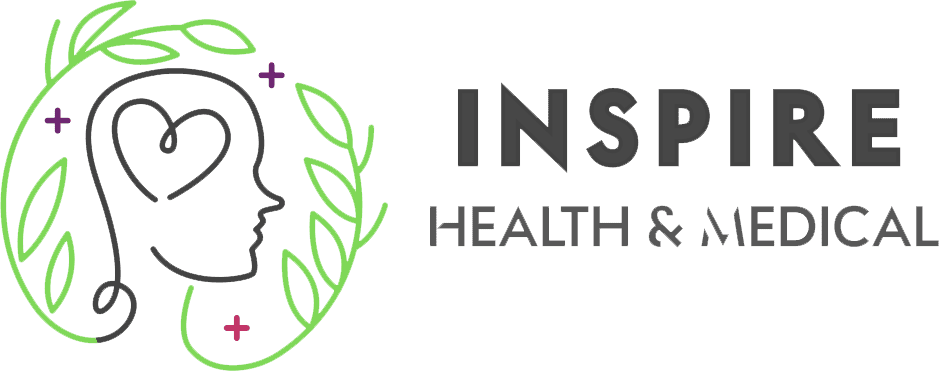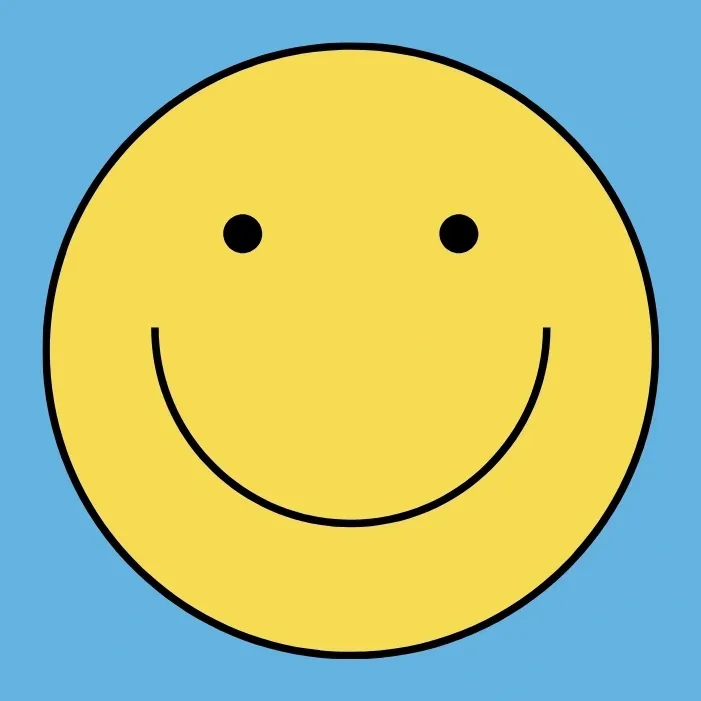Schema therapy can help you change destructive behavioural patterns, find healthy ways to operate and have your emotional needs met in daily life.
What is schema therapy?
Developed by clinician Jeffrey Young, schema therapy is founded on the principles of cognitive-behavioural therapy, and also integrates concepts from other psychotherapies.
Schema therapy is based on the construct that if our core emotional needs aren’t met as children, we develop Early Maladaptive Schemas (EMS).
EMS can trigger dysfunctional coping responses as adults which result in emotional distress, mental health issues and relationship problems.
Who would benefit from schema therapy?
Schema therapy can be helpful treating personality disorders or long-standing mental health struggles including;
- Borderline Personality Disorder
- Post Traumatic stress Disorder
- Chronic anxiety
- Persistent depression
The process of schema therapy covers the following 6 areas which we’ll explore in more detail throughout the article.
Core needs: As children, we have basic emotional needs that must be met consistently for healthy development. Unmet needs in childhood lead to the development of Early Maladaptive Schemas.
Early Maladaptive Schemas (EMS): Schemas are patterns or themes of thoughts, beliefs, and behaviours about yourself and your relationship with others. ‘Maladaptive’ means schemas are dysfunctional in some way.
Schema Domains: 18 maladaptive schemas have been identified in schema therapy and categorised into 5 different Schema Domains.
Copying Styles: In response to the Early Maladaptive Schemas, we develop coping styles.
3 main maladaptive (dysfunctional) coping styles have been identified which lead to the perpetuation and reinforcement of the schema. There are also adaptive (helpful) copying styles.
Schema Modes: Schema modes are a combination of the current EMS and coping style.
Therapy Techniques: The therapeutic change phase of schema therapy involves 4 parts – thinking, feeling, acting, and interacting.
Core Needs
As children, we all have the same set of core emotional needs:
- Safety and stability
- Freedom to express needs and emotions
- Autonomy, confidence and a sense of identity
- Spontaneity and play
- Realistic limits and self-control
If our basic emotional needs aren’t consistently met in childhood, we can develop Early Maladaptive Schemas (EMS) which cause dysfunctional behaviour patterns as adults.
What is a schema in mental health?
A schema is a mental framework that helps organise and interpret information to make sense of our environment and situations we experience.
Schemas consist of memory, belief, feelings, thoughts and bodily sensations. Schemas can be Adaptive (helpful) or Maladaptive (unhelpful).
Early Maladaptive Schema (or EMS)
EMS develops in childhood as a protective measure when core needs are unmet.
At the time, they serve a purpose as a mental framework that allows us to cope with dysfunctional environments. However, carried on as adults, EMS leads to negative behaviour that impacts mental health, relationships and wellbeing.
Core characteristics of Early Maladaptive Schemas:
- Typically operate outside of conscious awareness
- Resistant to change and self-perpetuating
- Triggered by events associated with the schema
- Drive problematic behaviours
Goal of schema therapy
Put simply, the goal of schema therapy is learning how to challenge and change your EMS to get your needs met with healthy response behaviours.
What are the 18 Maladaptive Schemas?
18 different schemas have been identified in schema therapy and they’re grouped into 5 categories known as Schema Domains.
Domain 1: Disconnection and Rejection
EMS in this domain relate to the belief that one’s needs for security, safety, stability, nurturance, and empathy will not be consistently or predictably met in relationships with significant others or family.
Domain 1 schemas form from early childhood experiences of a detached, explosive, unpredictable, or abusive family environment.
Domain 1 Schemas
Abandonment / Instability
You believe that close relationships will always end.
Mistrust / abuse
A belief that others want to intentionally harm you.
Emotional deprivation
Unable to trust that a basic level of emotional care (affection, listening, etc) will be received from others.
Defectiveness / shame
Belief you’re unlovable and defective in some way.
Social isolation / alienation
A feeling of disconnection, the belief you’re alone in the world.
Domain 2: Impaired Autonomy and Performance
This domain relates to a diminished sense of self and the perception that one isn’t capable of independently managing day-to-day responsibilities. There is a heavy reliance on others to make decisions or initiate activities.
Schemas in this domain are usually born from controlling and overprotective early life experiences.
Domain 2 Schemas
Dependence / incompetence
You don’t feel confident to take care of yourself without the help of others.
Vulnerability to harm / illness
Intense preoccupation with the diagnosis of a life threatening disease or impending disaster. You make excessive precautions to protect yourself.
Enmeshment / underdeveloped self
Lacking self-identity and direction and often feel you’re ‘floundering’ around in life.
Failure
Rumination over past failure, expecting more failure and seeing yourself fundamentally inadequate compared to others.
Domain 3: Impaired limits
Impaired limit schemas relate to deficiencies in one’s internal limits, respecting and cooperating with others, or meeting one’s realistic personal goals.
Parents or guardians were permissive and indulgent.
Domain 3 schemas
Entitlement / grandiosity
Belief that you can do, say or have what you want, when you want regardless if it hurts others.
Insufficient Self-control / self-discipline
Lack of self control and inability to control impulses and feelings.
Domain 4: Other-Directedness
There is an excessive focus on prioritising the needs of others at the expense of your own and moderating self expression to gain approval and love, avoid feeling of guilt or avoid retaliation.
The typical family origins are based on conditional acceptance – whereby normal needs and emotions were suppressed to gain approval, and love.
Domain 4 schemas
Subjugation
You surrender control to others when coerced in an attempt to avoid anger or abandonment.
Self-sacrifice
Striving to meet the needs of others before your own. Often resulting in resentment.
Approval seeking / recognition-seeking
Your sense of esteem depends on the response of others rather than your own natural inclinations. Can be an overemphasis on achievements through status, money, or appearance.
Domain 5: Hypervigilance and Inhibition
There is an exaggerated focus on controlling, suppressing, or ignoring one’s emotions and spontaneous feelings to adhere to rigid internal rules or avoid making mistakes. Adherence can come at the cost of personal happiness, health, and relationships.
Domain 5 schemas
Negativity / Pessimism
Excessive fear of failure and expectation for things to go wrong at any moment.
Emotional inhibition
Spontaneous actions, feelings, or communication are continually inhibited to avoid shame, disapproval, or loss of control.
Unrelenting standards / hyper criticalness
You feel whatever you do isn’t good enough and must strive harder to meet a very high internalised standard of behaviour achievement.
Punitiveness
The belief that one must be angry and harshly punitive with themselves and/or others who do not meet one’s (high) expectations or standards.
The 3 schema coping styles
Coping styles can be helpful (adaptive) or destructive (maladaptive).
Early in life, children develop coping styles to survive an unstable environment and unmet emotional needs. During this time, these coping behaviours could be considered adaptive.
However, when carried into adulthood, coping behaviours that avoid, perpetuate or aggressively oppose certain schemas become self-defeating and destructive.
The big 3 maladaptive coping modes
How we cope with our schemas varies. Two people with the same schema may cope with different behaviour patterns; some adaptive or maladaptive.
The three main maladaptive coping styles for schemas as identified in schema therapy are:
Avoidance / Survive
Situational or psychological triggers are avoided in order not to face the overwhelming emotions attached to the schema.
Surrender / collaborate
This behaviour gives in to the schema and continues its perpetuation by adopting a coping style of compliance and dependance.
Over-Compensation / Resist
Excessive attempts to fight or oppose the schema through actions and behavioural patterns that are in complete opposite of the schema.
What is a schema mode?
A schema mode is a combination of a) the schema and b) our coping style (how we react) when the schema is triggered.
There are 10 schema modes, grouped into 4 broad categories in schema therapy.
Child Modes
Involves thinking, feeling, and acting in a childlike manner.
Child Mode Categories
- Vulnerable child
- Angry child
- Impulsive / undisciplined child
- Happy child
Dysfunctional Parent Modes
Internalising demanding and critical parental voices. Thinking, feeling and acting like the adult did towards the individual as a child.
Dysfunctional Parent Categories
- Punitive / Critical Parent
- Demanding parent
Dysfunctional Coping Modes
This schema mode involves self-defeating and destructive behaviour to protect oneself from emotional pain but actually reinforces the schema.
Dysfunctional Coping categories
- Compliant Surrenderer
- Detached Protector
- Over-Compensator
Healthy Adult Mode
- Healthy, sustained, and adaptive coping behaviours that nurture and protect the ‘vulnerable child’.
Schema Therapy – Therapeutic Techniques
Schema therapy aims to identify the origin of the schema and then strengthen the Healthy Adult Mode to replace destructive maladaptive coping styles. Schema focused therapy uses 4 techniques to achieve this.
Thinking – Cognitive Techniques
A case is built against Early Maladaptive Schema and Maladaptive Coping Style by challenging and reframing the evidence supporting the EMS.
Feeling – Experiential Techniques
Experiential techniques in schema therapy use expressive tools and activities, such as role-playing and props, to re-enact and re-experience emotional situations to confront those who helped create the EMS. The aim is to validate the emotional needs that were unmet as a child.
Acting – Behavioural Techniques
This step involves behavioural pattern-breaking and is introduced when schema triggers and origins have been identified. Schemas are challenged by forming new healthy habits and activities in small, manageable steps.
Interacting – The Therapeutic Relationship
Involves limited reparenting by schema therapists in which the therapy relationship offers validation, support and, to an extent, fulfilment of the core needs that went unmet as a child.
If you would like to find out more about individual schema therapy and if it is right for you, reach out to our team at Inspire Health and Medical. We’re here to help.










